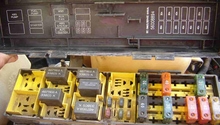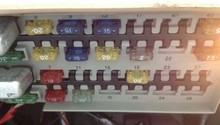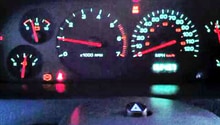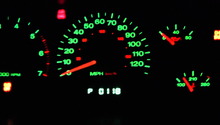Jeep Grand Cherokee 1993-1998: Fuse Box Diagram
Every Jeep comes with a fuse box diagram. You can use the diagram to quickly and easily locate your fuses. Here's a complete guide to reading the fuse box diagram for your Jeep Grand Cherokee ZJ.
This article applies to the Jeep Grand Cherokee ZJ (1993-1998).
It's important to know where the fuse "box" or "panel" in your Jeep Grand Cherokee is located. Your fuse box houses the all-important fuses needed to ensure current is flowing within your Jeep, allowing you to safely operate your vehicle while performing a wide range of functions, such as listening to the radio, running your air conditioner and even reading trouble codes. Your fuse box comes with a clearly designed diagram that you can use to find the fuse that you need in the moment that you need it. Here's a rundown of the fuse box diagram in your Jeep Grand Cherokee ZJ.
Fuse Box Location
To locate your interior fuse box, climb into the passenger side of your cabin. Once inside your Jeep, check the passenger-side footwell; this is where your fuse box is located. Check the dashboard for a removable cover that you need to pull off to access your fuse box and remove any blown fuses.

Amperage Rating
When replacing a blown fuse, you'll need to choose a replacement fuse that is equal in amperage to the old one. For instance, your brake requires a 20-amp fuse to work. Your horn relay and power lock relay also require a 20-amp fuse to work. Your instrument panel, on the other hand, only requires a 7.5-amp fuse.

Fuse Rating and Color Coding
Fuses are color-coded and organized by location; however, you'll need to examine your fuse box diagram to understand which color is being used and for which protected system it applies. For the 1993-1998 Jeep Grand Cherokee, the horn fuse, for example, appears as "20s" on the fuse box diagram and is color-coded as yellow. The cigarette lighter fuse is marked as "15 a #11" on the diagram. It is light or bright blue in color.
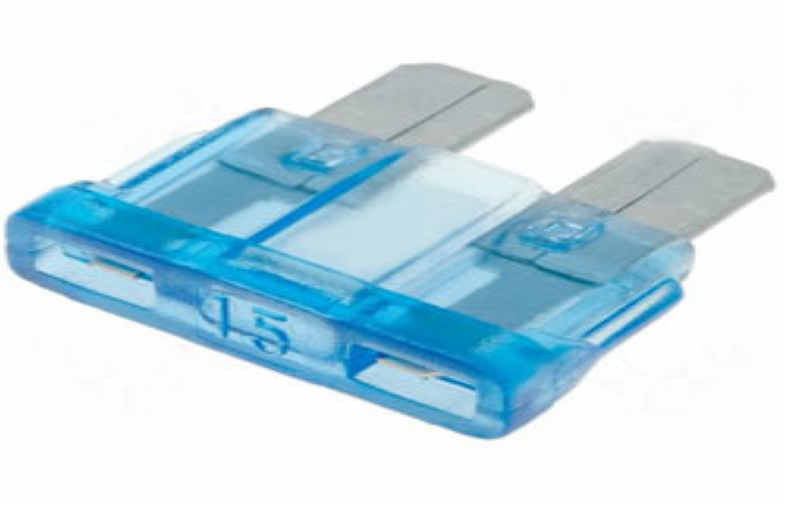
Scheduled Maintenance
Make sure to keep your fluids clean and topped up; they are, after all, the lifeblood of your Jeep. As with any older model vehicle, you'll want to keep an eye on your major systems, inspecting each one for general wear and tear as well as current or impending system failure. Make changing out your spark plugs, rotor and distributor cap part of your regular maintenance schedule from here on out, if you have not already been doing so every 30,000 miles. As well, inspect your air filter for dirt and dust and replace the unit as needed. Open up the cover again in 30,000 miles when a new replacement will most likely be needed.
Common Questions
How do I remove a fuse?
Once you've opened up the fuse box, you'll need to pull the fuse out. You won't want to just yank it out with your fingers; however, it might not be blown, and you don't want to break it. You'll need to grip it using the fuse puller that's attached to the fuse box or comes with it. You can also use a pair of household tweezers if you cannot locate a fuse puller.
How do I identify a fuse that is blown?
Check to see if the inside of the fuse is black or dark in color. You shouldn't necessarily need to hold the fuse up to the light, as the dark color should be apparent; however, if you do, go ahead and do so. Also check to see if the filament inside is intact. If it is, the fuse is blown and will need to be replaced by a new one, which you can insert by gently pushing it down into place.
Related Sites
- Fuse Panel Diagram - Jeepforum.com
- Fuse Pinout - Google.com

